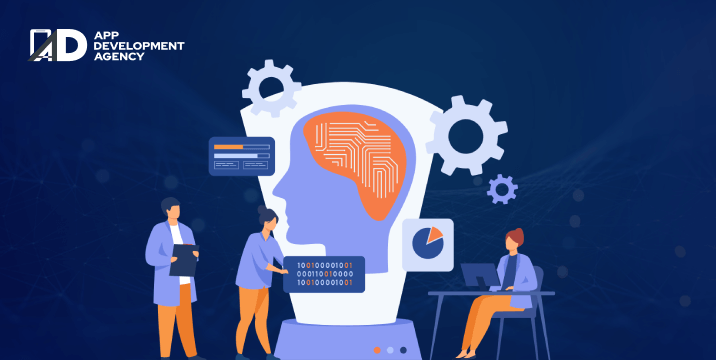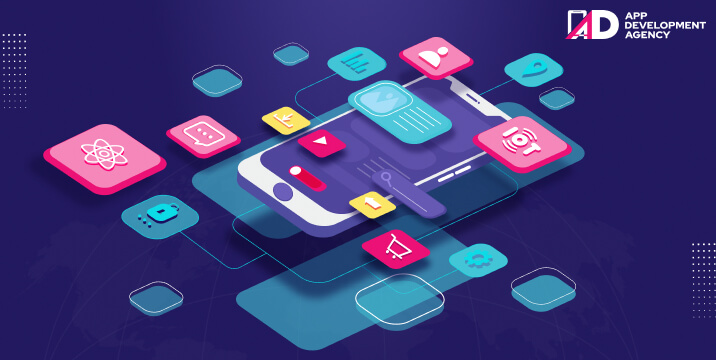It works in three simple steps (however complexities follow):
Blockchain is a shared, immutable ledger (can only be written once) – for recording transactions, tracking assets in a business network – house, car, or land. It can also be intellectual property, patents, copyrights, or branding. Miners (people dealing in ‘blockchain’) trade these assets and store the transaction in an indestructible ledger. It is immutable, i.e. once a transaction gets written, it non-removable. You can track orders, payments, accounts, production and much more. All these transactions are visible to anyone that gives greater confidence, new efficiencies, and opportunities.
‘Blockchain’ inculcates distributed ledger technology, immutable records, and smart contracts. Every participant can access the ledger, view all transactions, record them, and eliminate the duplication of transactions. But they cannot change or tamper with any transactions once it records it to the shared ledger. If any transaction is error-prone, then a new transaction must replace it to reverse the error and make both the transactions visible. Plus, you need to set some rules to speed up transactions. It is called a smart contract. It defines conditions for corporate bond transfers and is stored and executed automatically.
We often waste efforts on duplicate record keeping and third-party validations. Moreover, record-keeping systems are vulnerable to fraud and cyber-attacks. Having limited transparency can slow down data validation and verification. The arrival of the Internet of Things has exploded the volume of transactions. But before it slows down the business further, here comes the ‘Blockchain’; It inherently brings in greater trust, data accuracy, greater security, and efficiency.
There are four types of ‘Blockchain’ networks:
(1)Public, (2) Private, (3) Permissioned, and (4) Built by a Consortium.
Blockchain Security
A comprehensive security strategy is pertinent for cyber-security frameworks, best practices, and assurance services to reduce risks against any fraud and attacks while building an enterprise ‘Blockchain’ application.
Sequencing of Blockchain and the Internet of Things is applicable in (1) Freight Transportation, (2) Component tracking and (3) Compliance and in logging operational maintenance data. Decentralized behaviour separates ‘Blockchain’ technology from the traditional ledger and recording systems.

Healthcare industry is stepping up by the day with every new advancements in E-consultations, real-time diagnosis, telemedicine, AI enabled robot systems to do routine unskilled tasks, accessing digital therapeutics provided by immersion technology tools. Healthcare industry data flows from operations to analysis. It eventually has to abide by a structure to store critical information about …
Continue reading “How Does Healthcare Intersect with Cloud Computing in 2023?”
Read More
Instagram suggests reels based on what you’ve watched before, but how does it decide what to suggest? Using machine learning algorithms, Instagram determines which reels a user should engage with based on which reels they have interacted with previously and whether they have been in contact with the creators. Machine learning (ML) is the branch …
Read More
JavaScript frameworks like React, Angular, Vue, Svelte and JS templating engines like Template 7, Squirrelly, JSRender, Jade Language, Marko, Hogan, Webix, Pug, Underscore, Nunjucks, EJS, doT, Handlebars, and Mustache offer simple templates to give developers a starting point and let them go over that first bump of getting something, anything in the browser. Once that …
Continue reading “ReactJS for IoT Apps in 2023 and Beyond”
Read More